Hagel studied at the Academy of Fine Arts in Vienna from 1904 to 1909 under Christian Griepenkerl and Heinrich Lefler. From 1910 to 1912, he attended the Royal School of Applied Arts in Munich, where Julius Diez was his teacher. At the 1912 Bavarian Fair, Hagel won three second prizes for drawings of Christian art. From 1913, Hagel worked as an illustrator for magazines such as Die Jugend, Die Dame, Leipziger Illustrirte, and Die Muskete. He also illustrated books for the Artur Wolf Verlag in Vienna, including Ferdinand Raimund's The Phantom King's Diamond (1920) and Prosper Mérimée's Les Nouvelles de la Passion (1923). Together with the architect Paul Ludwig Troost, Hagel designed several transatlantic liners for Lloyd's North German overseas service, such as the Berlin and the Sierra Ventana. In 1929, he designed tapestries for the Europa. With Troost, he also worked on other projects for the Vereinigte Werkstätten in Munich, such as sets for Nymphenburg porcelain in the 1920s. He later worked as a set designer for plays and operas, such as The Marriage of Figaro and A Waltzing Dream. He achieved international fame in 1926 when the London magazine The Studio published an article on his murals. Around 1927, he decorated the restaurant at Nuremberg Central Station with a mural. From 1930, Hagel worked as an art teacher in Vienna, where, after the Anschluss of Austria in 1938, he was excluded from teaching and artistic work for "racist" reasons.
Exhibitions: 1908; Academy of Fine Arts, Vienna; 1923, International Watercolor Exhibition, Chicago; 1925, Kunstverein Munich; 1927, Künstlerhaus Vienna; 1987, solo exhibition, Galerie Hiecke, Vienna.
Literature: H. Fuchs, "Österreichischer Maler 1881-1900 geboren", Vienna, 1975; Künstlerlexikon von Saur, Berlin, 2010. Inscription: Signed lower left.
Technique: Pencil drawing on paper, unframed.
Dimensions: L. 21 x H. 27 cm.
Condition: very good.


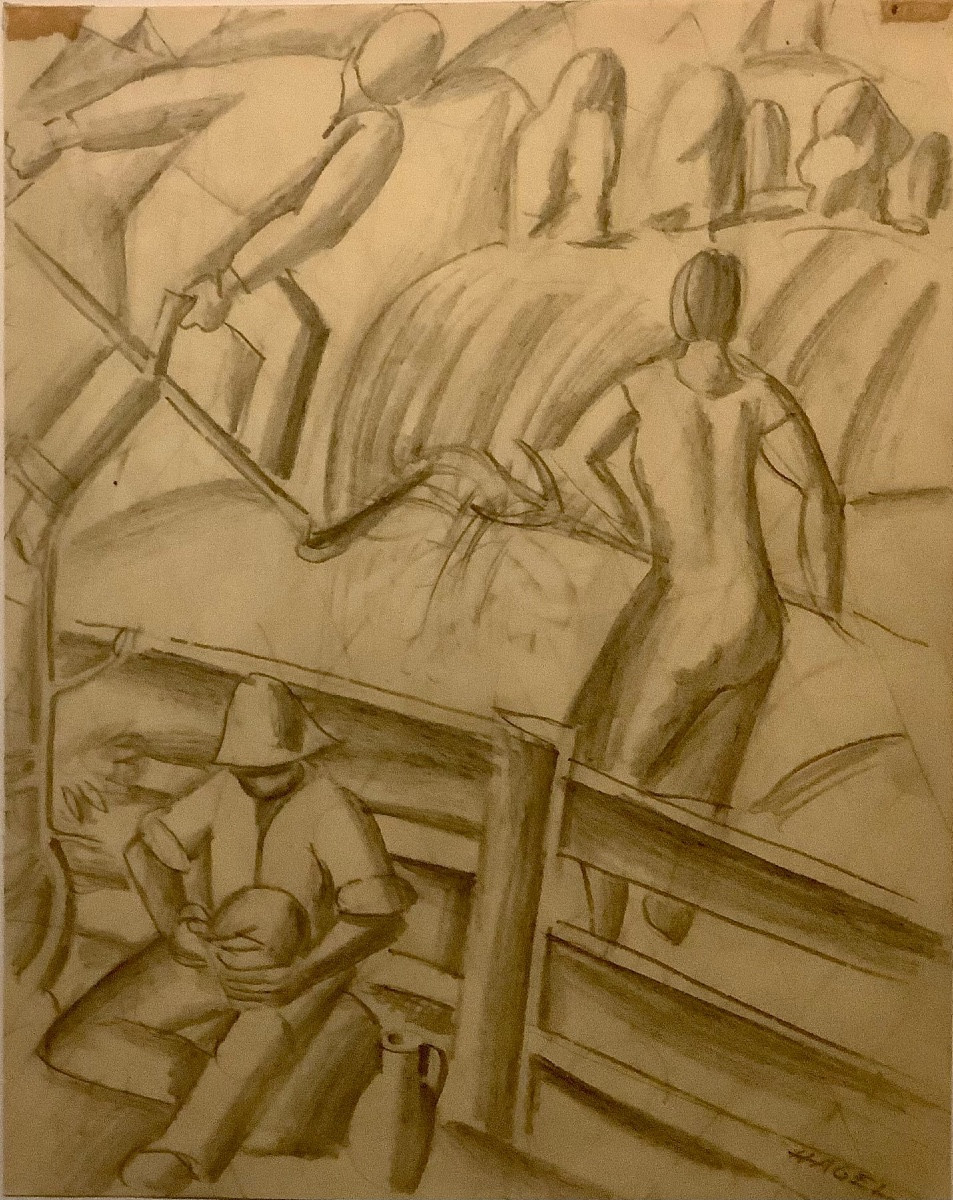
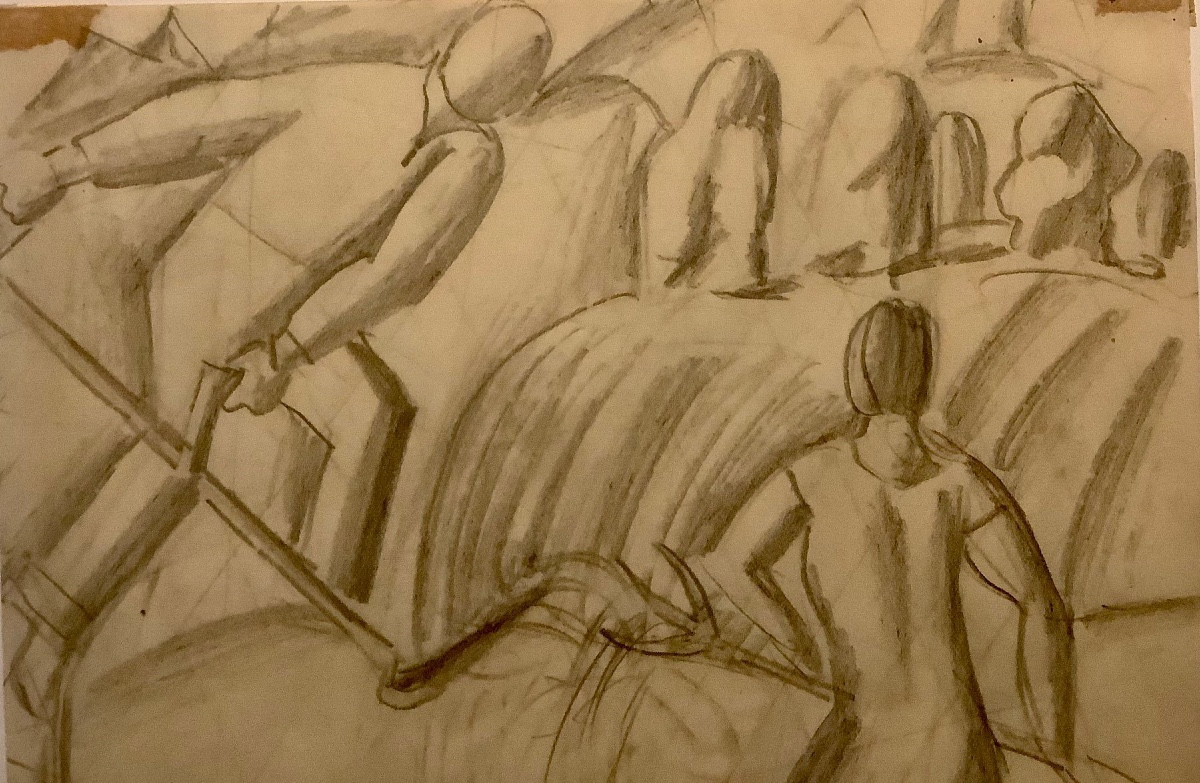

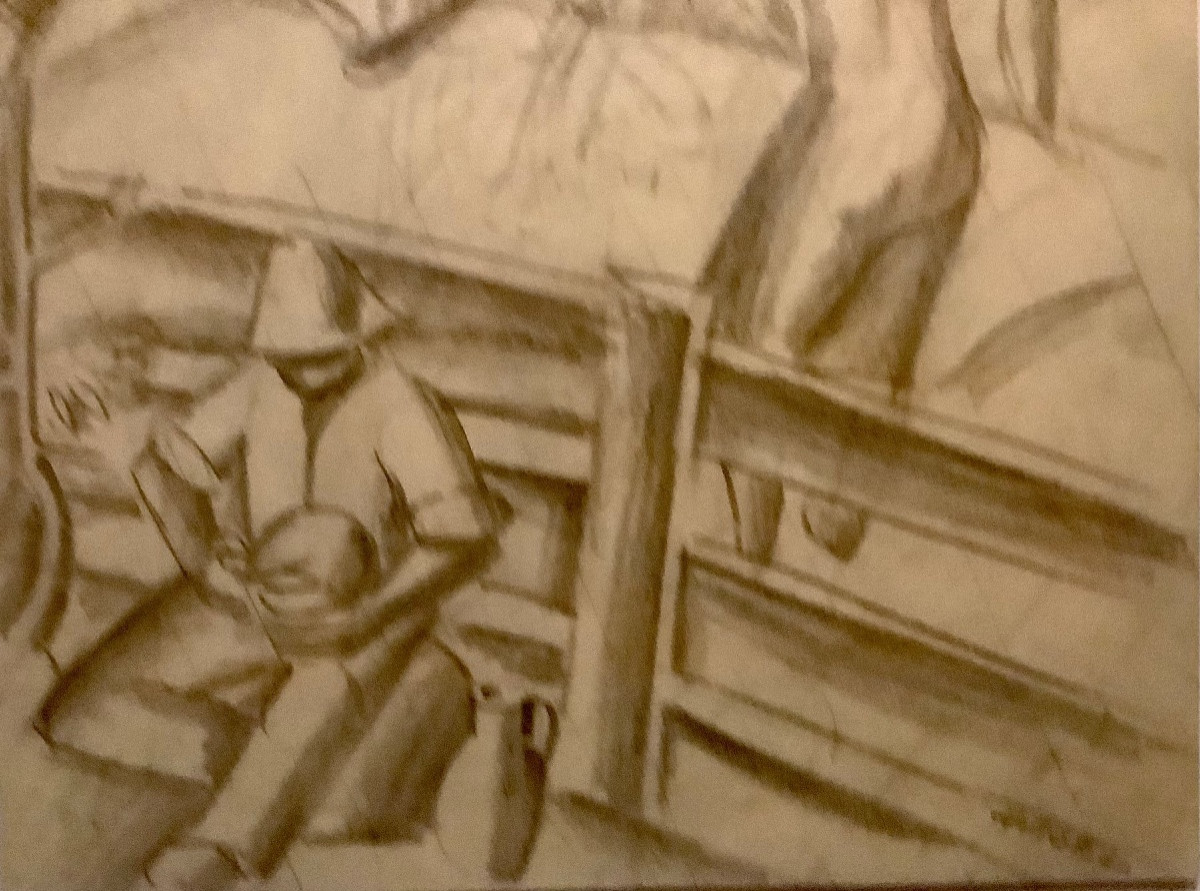
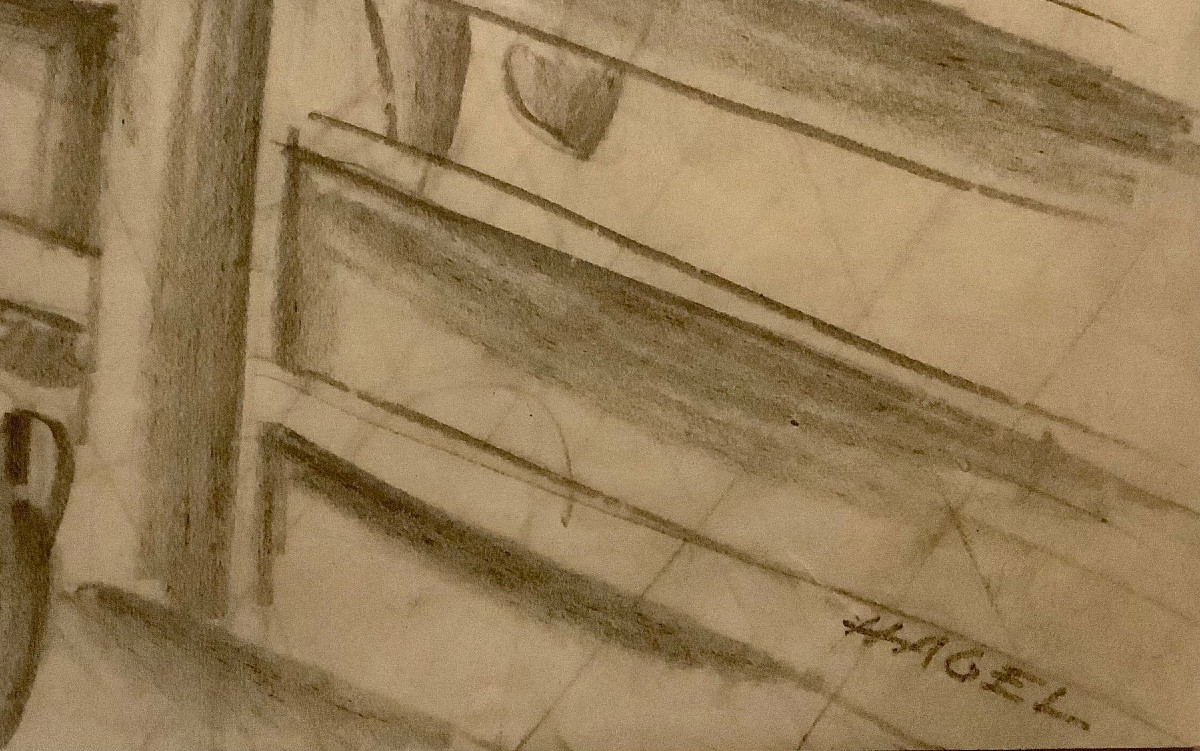






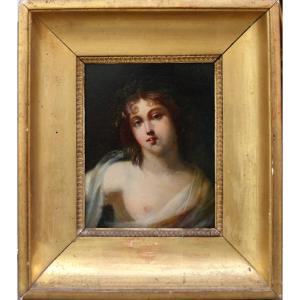

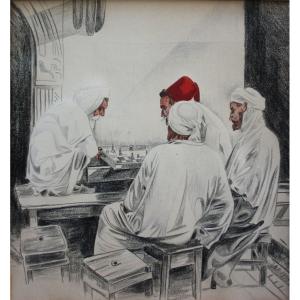




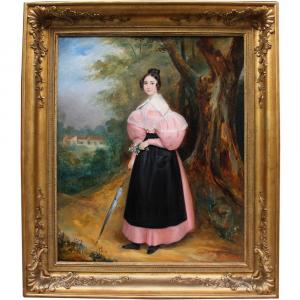

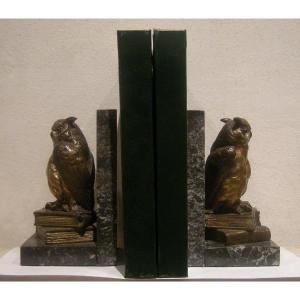



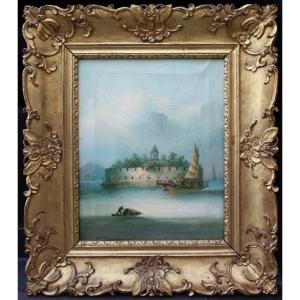
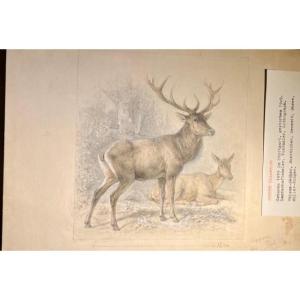

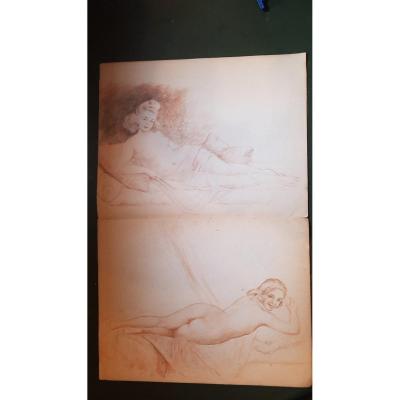
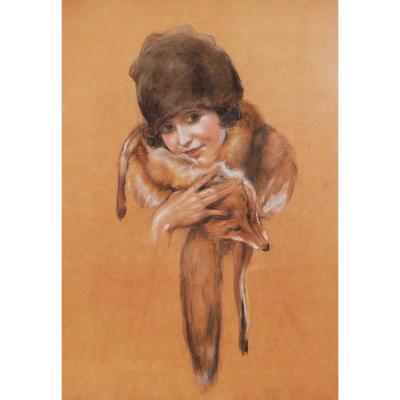
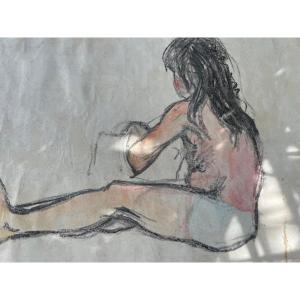
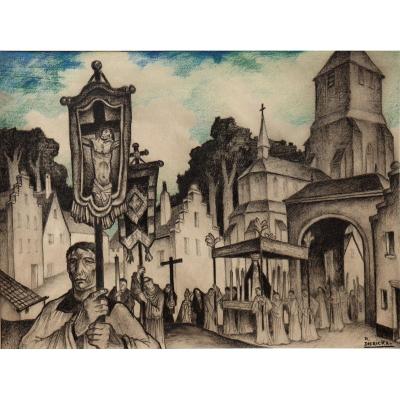



 Le Magazine de PROANTIC
Le Magazine de PROANTIC TRÉSORS Magazine
TRÉSORS Magazine Rivista Artiquariato
Rivista Artiquariato